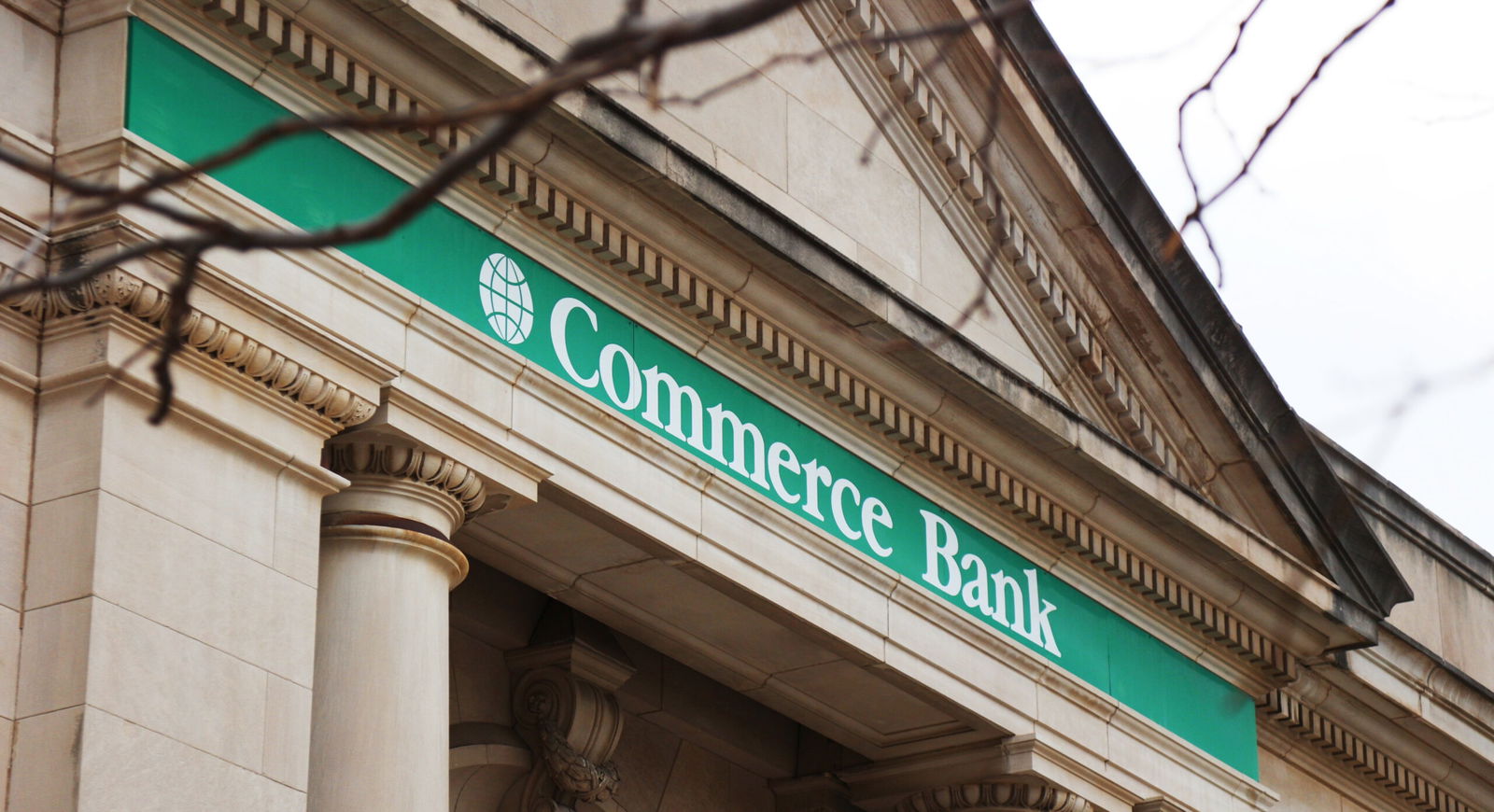Overhaul for overdraft, credit card fees on the horizon

By Cameron Montemayor
The $35 fee that many customers pay up to banks when their account dips below zero could see a sizable overhaul in the near future, one of many fees currently in the crosshairs of U.S. regulators.
Altogether, banks in the U.S. raked in nearly $8 billion in 2023 from customers’ overdraft fees. Newly proposed rules from the Consumer Financial Protection Bureau in January will significantly lower the amount banks can charge for those fees — potentially as low as $3 — impacting the pocketbooks of millions of customers.
“When you think about overdraft fees, only 9% of the population made up 80% of the banking fees that were coming from overdrafts,” said Jason Satchell, finance professor at Northwest Missouri State University. “I’m going to guess that those are probably very low-income (people) … regulators are going to really be harsh on that kind of behavior.”
Transactions that cause overdrafts are often small, and many of the customers impacted the most by unexpected fees on overdraft of non-sufficient funds are already struggling financially, according to the nonprofit Financial Health Network. Nearly 70% of overdrafts fall on customers with an average account balance between $237 and $439, and 50% of people making less than $30,000 reported having at least one overdraft charge, which can add to a perpetual cycle of financial stress for many.
“For too long, some banks have charged exorbitant overdraft fees — sometimes $30 or more — that often hit the most vulnerable Americans the hardest, all while banks pad their bottom lines,” President Biden said in a January statement announcing the rules.
Banks and credit unions with more than $10 billion in assets would be affected, which impacts 175 of the largest institutions in the country. In St. Joseph, that includes heavily-utilized banks like U.S. Bank, Commerce Bank and UMB Bank. A large majority of banks in St. Joseph continue to charge $35 for overdraft fees despite the average fee in the U.S. dropping by 11% to $26 in the U.S. in 2023.
A number of banks in St. Joseph wouldn’t be immediately impacted by the proposed rules as their assets don’t surpass $10 billion, but competition with other banks and a rise in digital banking tools could put pressure on small institutions to align with the rules or potentially risk losing customers.
“Some of that stems from the fact that if the big banks are kind of forced to go this route, that almost causes all the smaller banks regardless to kind of also have to follow suit,” Satchell said.
Under the proposal, banks would be presented with two main options: charge customers the actual cost to cover an overdrawn account or adopt a limit determined by the bureau.
The Consumer Financial Protection Bureau is deciding whether to set the benchmark fee at either $3, $6, $7 or $14 and is currently in the process of requesting comments from industry leaders and the public on the proposed rules before the April 1 comment deadline. Rules would take effect October 2025.
“I think that’s something as a society we need to continue to push is helping the consumer, especially when you have banks that are trying to take advantage. I’m not against corporations, banks or any type of, you know, entity making money,” he said. “But let’s do it in a fashion that goes ahead and is not at the expense of the consumer.”
A push to help
the consumer
Satchell, who earned his doctorate in business administration and a master’s degree in science finance from Creighton University, said overdraft fees became a popular revenue stream for banks starting in the 1990s. The Consumer Financial Protection Bureau wasn’t created until 2011 in the wake of the global financial crisis to supervise the U.S. banking industry and protect consumers in financial markets.
“It’s done a lot of great things,” Satchell said. “Before that, there was no type of regulatory agency within the United States that had the ability to go out there and really basically regulate these type of punitive charges. Things that were going ahead and hurting the customer.”
Lawmakers and regulators have had their sights set on removing or modifying fees in the airline and hotel industries in recent years, but the focus on various banking and credit card services marks a new effort.
The U.S. is expected to issue a final announcement by March 7 — the day of the State of the Union Address — on another key rule that would limit credit card late fees to $8. The average credit card late fee ranges from $25 to $40, netting companies $14.5 billion in 2022.
Along with rules on overdraft and credit card fees, overdraft loans have come under intense scrutiny as banks have largely been able to offer them without disclosing many of the same details as other lenders who follow the Truth and Lending Act. Satchell called the proposed changes to overdraft loans long overdue.
“There’s no transparency in what’s happening,” he said. “At the end of the day, it’s, again, a loophole and they found a way around something. And so if they can get away with it again and they don’t have somebody pushing them, then they’re going to do it.”
In the last two years, several banks and credit card companies have put the wheels in motion to reduce fees and adjust policies to help consumers before regulators go all-in on instituting the new rules.
U.S. Bank, with four branches in St. Joseph, stopped charging NSF fees altogether in 2022. The popular institution also increased the amount an account could be overdrawn before incurring a fee to $50, a significant change from the $5 minimum it maintained for years previously.
Capitol One and Citibank have eliminated NSF and overdraft fees altogether, while Bank of America has lowered fees for overdrafts to $10 from $35. Overall, nearly 20 banks across the U.S. have moved ahead with notable changes since 2022.
Despite total revenue from overdraft fees totaling $3 billion less in 2022 compared to 2019, Satchell said many big banks are still seeing record profits in recent years with higher interest rates and other investments.
“Banks are profiting very heavily between the spread on what they’re charging customers on loans and what they’re charging on interest,” he said. “So right now, if you’re thinking about making this type of change for a bank and not maybe cutting off their head in terms of fees and revenue, right now is a good time.”
Despite the proactive moves by a number of banks, nearly 80% of checking accounts in the U.S. still charge overdraft or non-sufficient fund fees, according to consumer finance website Bankrate.
The bureau’s rules have received strong pushback from the banking industry and lobbyists and are all but certain to be challenged in court.
The Supreme Court is also expected to rule on a high-profile case this year that would all but strip the Consumer Financial Protection Bureau of its autonomy if decided against. Satchell said that despite a conservative court majority, he’s optimistic the justices will preserve the agency that Congress enacted following the worst U.S. economic crisis since the Great Depression.




